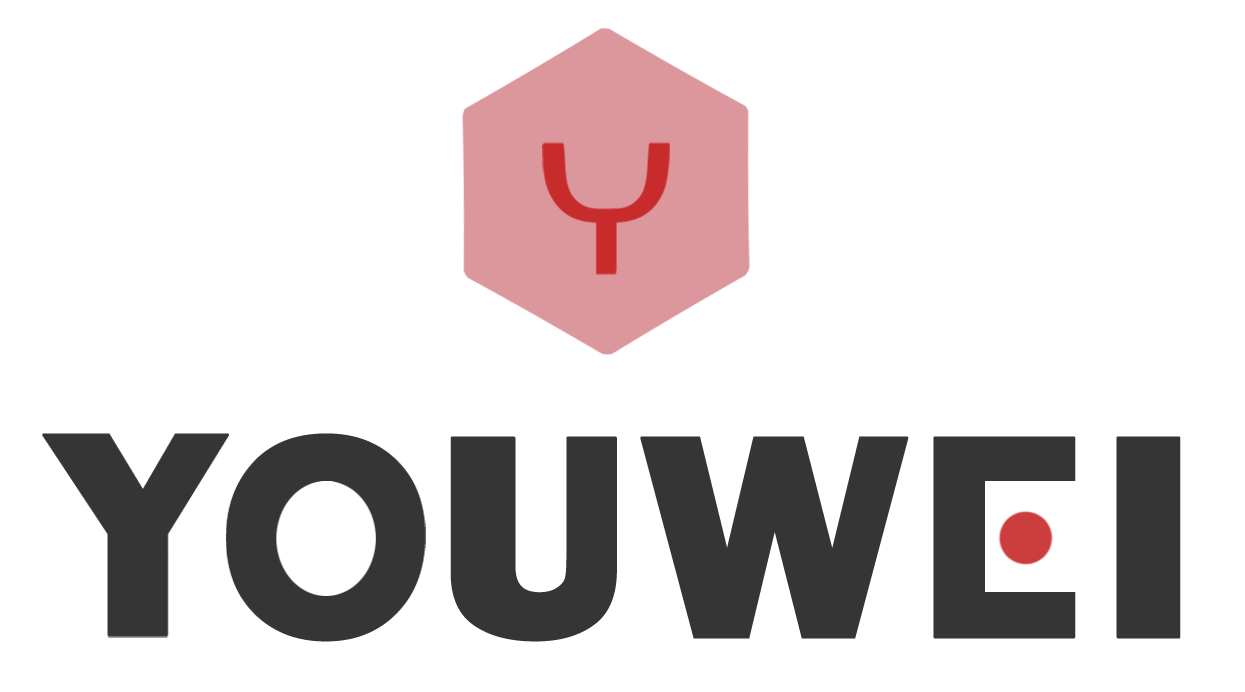Table of Contents
Introduction:
In the intricate world of machinery, the harmony between the stator and rotor is crucial for optimal performance. Mastering stator-rotor dynamics goes beyond mere technicality; it’s about unlocking efficiency, reducing energy consumption, and ensuring the longevity of our mechanical marvels.
Understanding Stator and Rotor:
At the core, the stator is the stationary component, while the rotor is the rotating counterpart. Each plays a distinct role in various machines, from electric motors to turbines.
Importance of Mastering Stator-Rotor Dynamics:
Efficiency gains and reduced energy consumption are the immediate benefits of a well-mastered stator-rotor dynamic. This mastery extends the lifespan of machinery, proving its significance across industries.
Key Components and Configurations:
Delving deeper, the diversity of stators and rotors, along with their configurations, reveals the versatility of these components in different applications.
Challenges in Stator-Rotor Dynamics:
Challenges such as heat generation, vibration issues, and wear and tear demand our attention as we strive for optimal performance.
Technological Advances:
Innovation takes center stage with advanced materials and smart technologies transforming stator-rotor dynamics, propelling industries towards unprecedented efficiency.
Applications in Various Industries:
From aerospace to automotive, the mastered stator-rotor dynamic finds applications that redefine the standards of efficiency and reliability.
Balancing Stator-Rotor Systems:
Achieving optimal balance is an art, demanding dynamic balancing techniques to ensure smooth operation and longevity.
Maintenance Strategies:
Regular inspections and predictive maintenance become paramount in preserving the mastered stator-rotor dynamic.
Case Studies:
Real-world examples showcase the tangible benefits of mastering stator-rotor dynamics, from increased efficiency to tangible cost savings.
Future Trends in Stator-Rotor Dynamics:
As technology evolves, so does the realm of stator-rotor dynamics. Emerging trends promise exciting possibilities, shaping the future of machinery.
Training and Education in Stator-Rotor Dynamics:
Skilled professionals play a pivotal role in mastering this dynamic. Educational programs and certifications pave the way for the next generation of experts.
Environmental Impact:
Sustainability takes center stage, with eco-friendly materials and manufacturing processes influencing the environmental footprint of stator-rotor dynamics.
Conclusion:
In conclusion, the mastery of stator-rotor dynamics transcends mechanical intricacies, defining the efficiency and reliability of our machinery. As industries evolve, the role of these components becomes even more crucial.
FAQs
- What is the primary purpose of a stator in machinery?
- The stator provides a stationary magnetic field necessary for the operation of various machines, including electric motors and generators.
- How does mastering stator-rotor dynamics contribute to energy efficiency?
- Optimized stator-rotor dynamics reduce energy consumption by ensuring efficient power transmission and minimizing losses in machinery.
- Are there any risks associated with imbalanced stator-rotor systems?
- Yes, imbalances can lead to increased vibration, noise, and accelerated wear and tear, posing risks to the machinery’s reliability and lifespan.
- What industries benefit the most from optimized stator-rotor dynamics?
- Industries such as aerospace, energy generation, and automotive benefit significantly from the optimized performance of stator-rotor dynamics.
- How can individuals pursue a career in stator-rotor dynamics?
- Pursuing educational programs and certifications in mechanical engineering or related fields provides a pathway for individuals to specialize in stator-rotor dynamics.
Get Access Now:https://wxyouwei.com/ordering-custom-stator-rotors-online/

